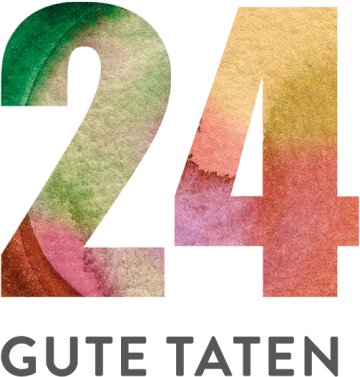Day 13
5 minutes mobile hospital for one person in Bangladesh
 Mobility for better health
Mobility for better health
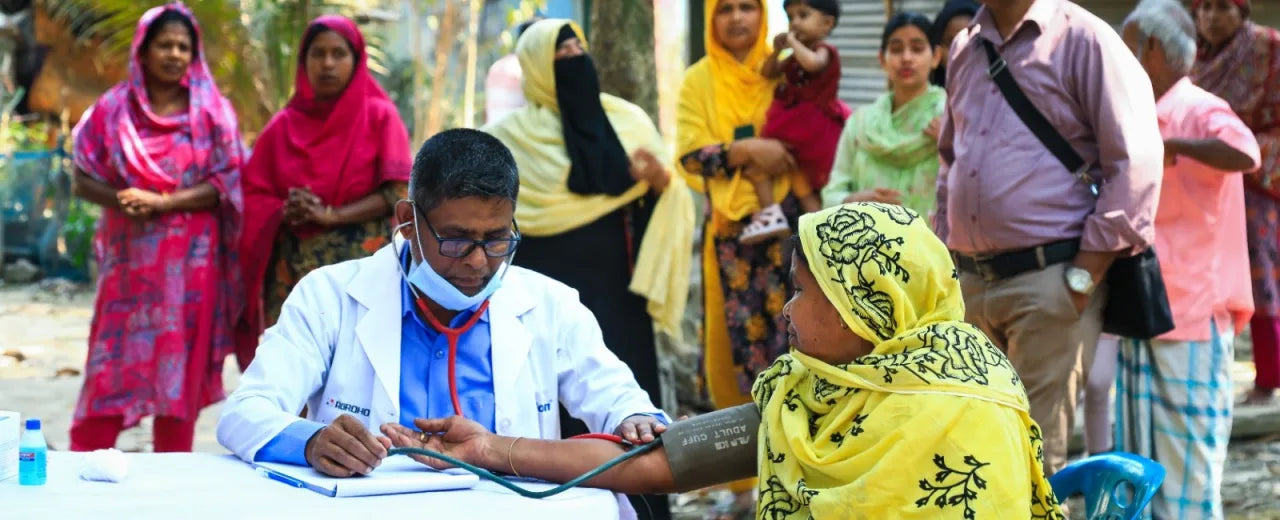
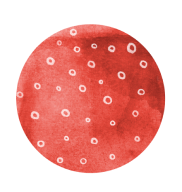
A hospital that comes to the patients

Tanja Lanäus presents her favorite project
need
Easily accessible, free healthcare for the population of rural Savar, Dhamrai and Santal regions in Bangladesh
activity
Doctors come directly to the villages with a mobile hospital and pharmacy and provide free treatment for acute and long-term illnesses of the residents
Measurable performance
Number of hours of medical examinations and treatments of people by the mobile hospital
Result
People’s health situation has improved greatly thanks to easily accessible, regular treatments and check-ups
Systemically relevant impact
Free treatment and generally improved health improve the quality of life and life expectancy of people in rural Bangladesh
background
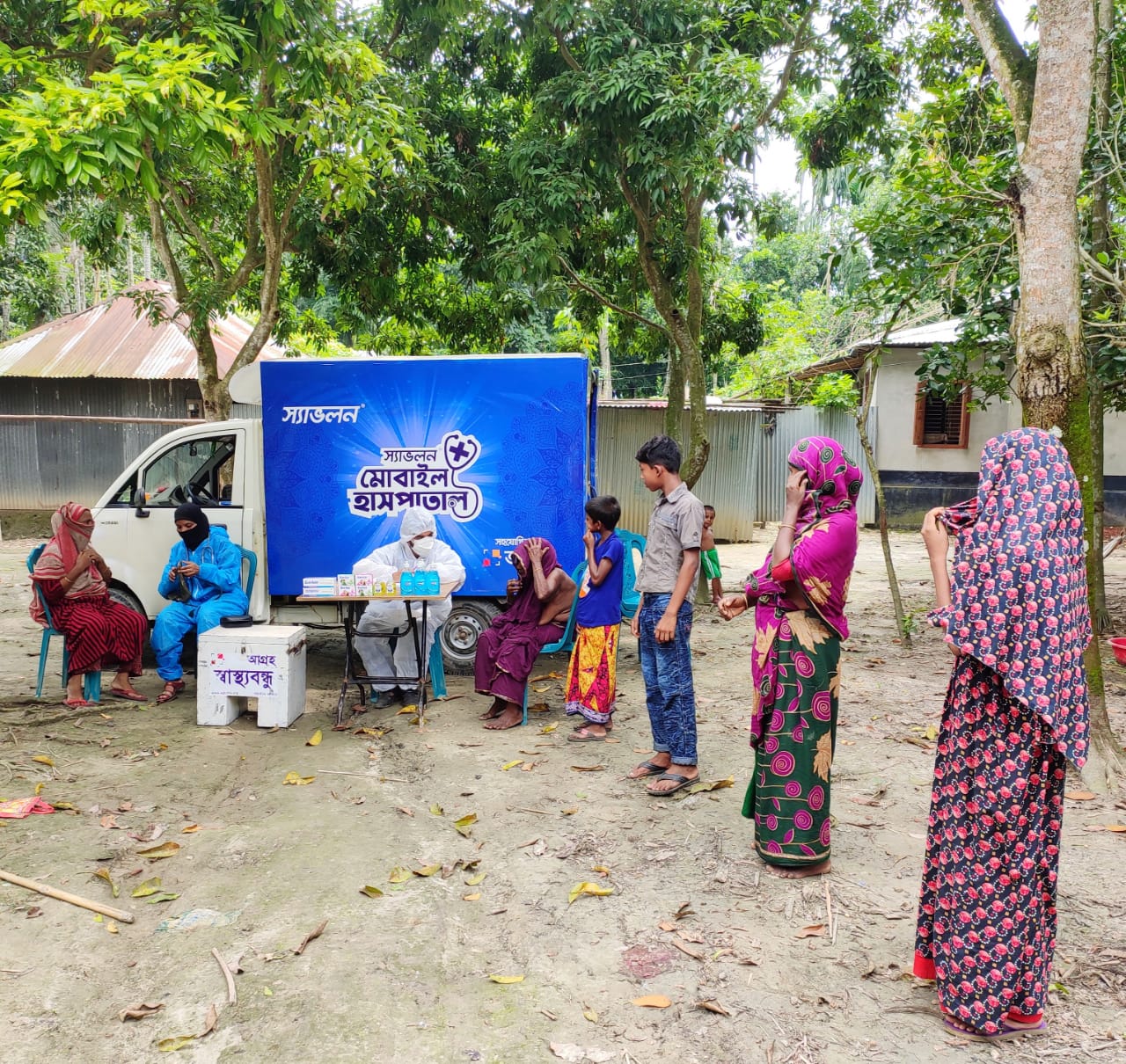
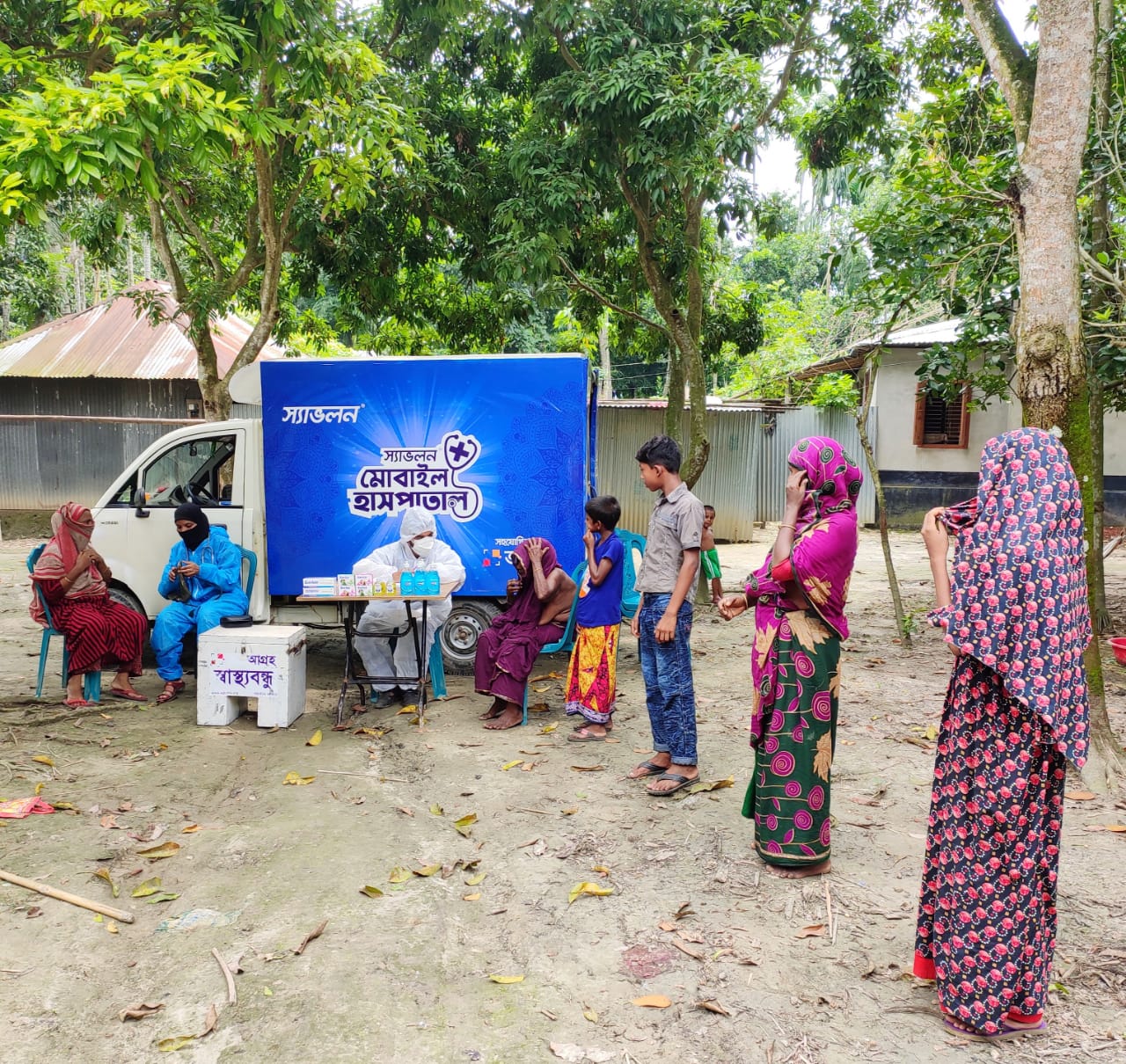
The good deed
About Bangladesh

Dhaka
Capital city

171,186,372
Population

2,688.3
Gross domestic product
per capita per year

0.661
Human Development Index
(Human Development Index)
